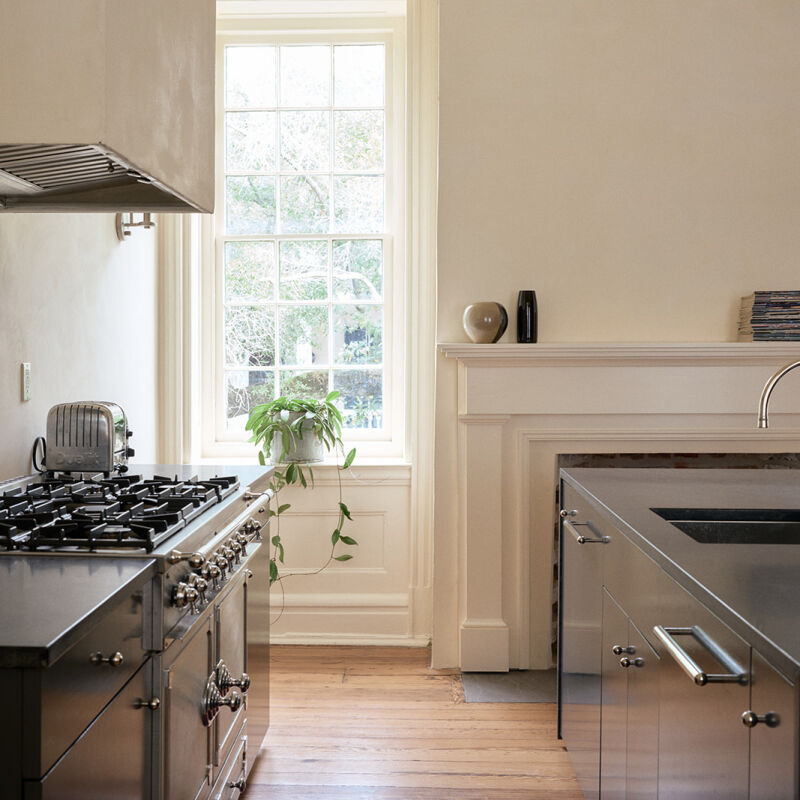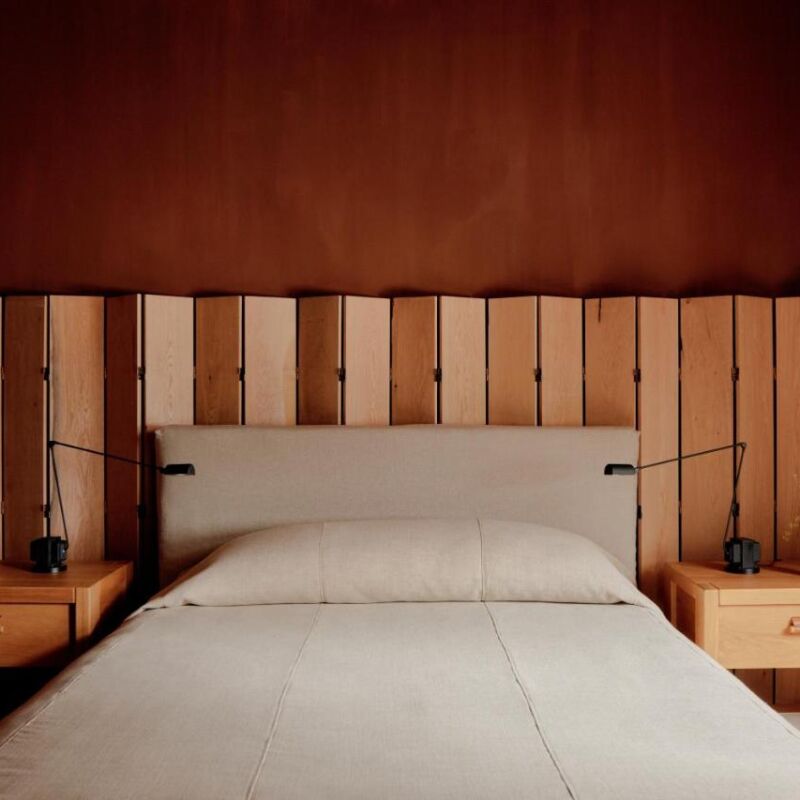On a recent visit to the medieval citadel of Rye in East Sussex, we were heading out of town when we caught sight of a whitewashed chapel with a sign reading Soap & Salvation. We ducked inside and this is what we found:

Soap & Salvation opened its doors in October last year. The soaring yet spartan interiors were originally built for the Salvation Army in 1903. Today, they have been cleverly and creatively re-imagined as a shop, display space and place of learning. “It’s all about experience and inspiration, whether that be through enjoying our displays, perusing our library, or attending an event or workshop,” explain co-founders Jo and Barrie McPherson.
Jo and Barrie both trained and worked in design before embarking on their new joint venture. “We had spent a lot of time in Rye as a weekend retreat from London in the seven years prior to our move,” explains Jo. “During that time we used to come into the chapel, which was then a shop selling glass and old objects. We always used to think that it was a great space even though it was a little disheveled. Having had a small online business selling antique and vintage pieces for a short while, we knew we wanted to expand into a physical space. Our vision was always to create something more than a shop and we felt the space had to be something special.”
“We looked at lots of different places and buildings over a couple of years and had been in touch with several estate agents,” adds Barrie. “One day an agent we knew in Rye got in touch to say he thought he might have the perfect space for us—and there were the details for 18-22 Rope Walk.” Five months later, they made the permanent move to Rye.

The couple sells objects both new and old, but there is an emphasis on “things that have had a past life,” Jo explains. “We have a very instinctive approach to sourcing, as we genuinely only buy things that we love. We don’t source a particular period or style. We find ourselves mixing antique rustic with modernist midcentury style. Generally, we have quite a clean and simplistic aesthetic and our color really comes to the fore through textiles. We don’t like overly restored pieces—we love seeing their age and former use, so some charming graffiti on old presbytery tables or paint drips over an artist’s easel only adds to their appeal as far as we’re concerned. That said, we do like things to be in good condition for their age and our textiles are always in very good order.” (On the day of our visit, we were transfixed by an American civil war era Washington Court style patchwork quilt (£1,200)—but we actually came away with was simple, wooden dish brush.)


The cavernous room is arranged into neat vignettes, with groupings of vintage furniture set up on organizing rugs. Antique textiles are casually draped on shaker pegs or piled high in vintage baskets; rustic benches and tables are set out with a revolving display of antique ceramics including Italian storage jars, wide-bellied Transylvanian jugs with naïve slip glazes, or a family of utilitarian brown English pottery jugs.


Adjoining the main space is a smaller side chapel which was once part of the old cattle market. On the ground floor is the pantry, which is stocked with kitchen and utility room products—beeswax candles, handmade natural brushes, vintage French linen, and delicate Japanese baskets. Upstairs, on the mezzanine level, is a library and bookshop.

Outside is a simple brick walled courtyard displaying antique and vintage objects for the garden. Beyond this are the old stables—“a perfectly dilapidated” historic building that is undergoing restoration.

The couple is also working on a program of creative workshops that will compliment the store offering. Art, books, textiles, design, and decoration will be covered with a focus on working with materials that have had a previous life. As if we needed another reason to return.






Have a Question or Comment About This Post?
Join the conversation